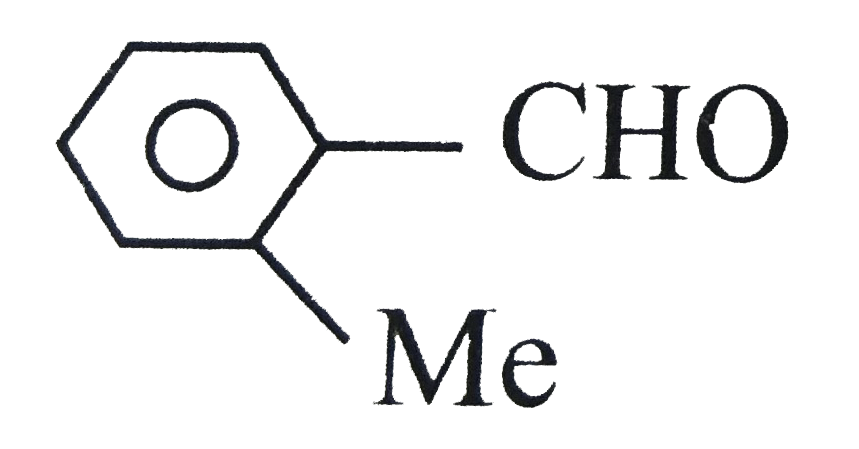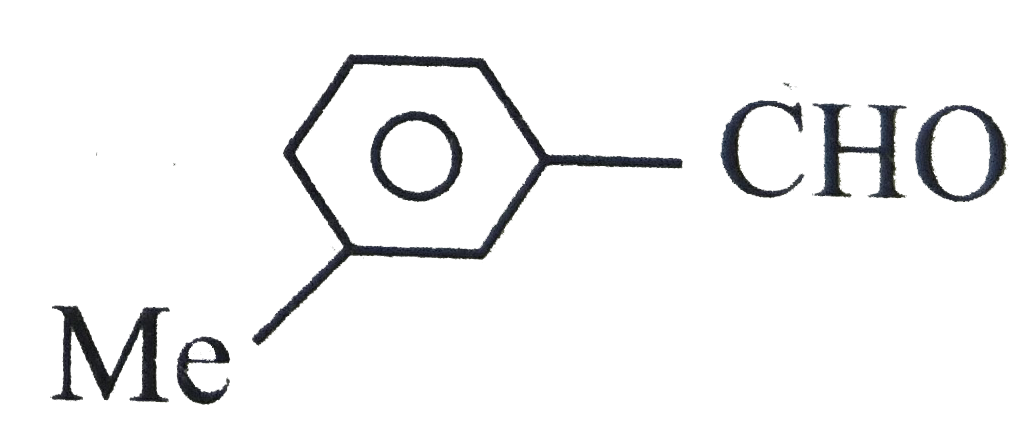identify among the following the infectious diseases.
i) cancer ii) influenza iii) allergy iv) small pox
i and ii
ii and iii
iii and iv
ii and iv
The correct Answer is:D
To identify the infectious diseases among the options provided (i.e., cancer, influenza, allergy, and smallpox), we can follow these steps:
1. Understand the Definitions:
- Infectious Diseases: These are diseases caused by pathogens (such as bacteria, viruses, fungi, or parasites) that can be transmitted from one individual to another.
- Non-Infectious Diseases: These diseases are not caused by pathogens and can result from genetic, environmental, or lifestyle factors.
2. Analyze Each Option:
- Cancer: This is a non-infectious disease characterized by the abnormal growth of cells, often due to genetic mutations or lifestyle factors. It is not caused by any infectious agent.
- Influenza: This is an infectious disease caused by the influenza virus. It is contagious and can spread from person to person.
- Allergy: Allergies are non-infectious reactions to allergens (such as pollen, dust, or certain foods). They are not caused by pathogens.
- Smallpox: This is an infectious disease caused by the variola virus. It is also contagious and can spread between individuals.
3. Identify the Infectious Diseases:
- From the analysis, we can conclude that:
- Influenza is an infectious disease.
- Smallpox is also an infectious disease.
- Therefore, the infectious diseases among the options are influenza and smallpox.
Final Answer:
The infectious diseases from the options provided are ii) Influenza and iv) Smallpox.
---
- Infectious Diseases: These are diseases caused by pathogens (such as bacteria, viruses, fungi, or parasites) that can be transmitted from one individual to another.
- Non-Infectious Diseases: These diseases are not caused by pathogens and can result from genetic, environmental, or lifestyle factors.
- Cancer: This is a non-infectious disease characterized by the abnormal growth of cells, often due to genetic mutations or lifestyle factors. It is not caused by any infectious agent.
- Influenza: This is an infectious disease caused by the influenza virus. It is contagious and can spread from person to person.
- Allergy: Allergies are non-infectious reactions to allergens (such as pollen, dust, or certain foods). They are not caused by pathogens.
- Smallpox: This is an infectious disease caused by the variola virus. It is also contagious and can spread between individuals.
- From the analysis, we can conclude that:
- Influenza is an infectious disease.
- Smallpox is also an infectious disease.
- Therefore, the infectious diseases among the options are influenza and smallpox.
The infectious diseases from the options provided are ii) Influenza and iv) Smallpox.
Topper's Solved these Questions
- HUMAN HEALTH DISEASEBOOK - AAKASH SERIESCHAPTER - HUMAN HEALTH DISEASEEXERCISE - EXERCISE - I(IMMUNITY, IMMUNITY DISORDERS, CANCER)
11 Videos
- HUMAN HEALTH DISEASEBOOK - AAKASH SERIESCHAPTER - HUMAN HEALTH DISEASEEXERCISE - EXERCISE - I(ACQUIRED IMMUNITY)
8 Videos
- HISTOLOGY AND ANATOMY OF FLOWERING PLANTSBOOK - AAKASH SERIESCHAPTER - HISTOLOGY AND ANATOMY OF FLOWERING PLANTSEXERCISE - EXERCISE - III (PREVIOUS AIPMT/NEET QUESTIONS)
24 Videos
- MICROBES IN HUMAN WELFARE BOOK - AAKASH SERIESCHAPTER - MICROBES IN HUMAN WELFARE EXERCISE - EXERCISE-III (Previous AIPMT/NEET Questions)
25 Videos
Similar Questions
Diseases are broadly grouped into infectious and non-infectious deseases. In the list given below, identify the infectious diseases.
(i) Cancer , (ii) Influenza
(iii) Allergy, (iv) Small pox
View SolutionDiseases are broadly grouped into infectious and non-infectious deseases. In the list given below, identify the infectious diseases.
(i) Cancer , (ii) Influenza
(iii) Allergy, (iv) Small pox
View Solution
Knowledge Check
Diseases are broadly grouped into infectious and non-infectious deseases. In the list given below, identify the infectious diseases.
(i) Cancer , (ii) Influenza
(iii) Allergy, (iv) Small poxA(i) and (ii)B(ii) and (iii)C(iii) and (iv)D(ii) and (iv)
Which among the following have scales?
(i) Amphibians (ii) Pisces
(iii) Reptiles (iv) Mammals
View SolutionComplete the following reaction : i.

ii.
iii.
iv.
View SolutionWhich among the following have open circulatory system?
(i) Arthropoda (ii) Mollusca
(iii) Annelida (iv) Coelenterata
View SolutionStudy the followig table and identify (i) (ii) & (iii):-

View SolutionAll of the following are common infectious disease except
(a) Common cold
(b) Hepatitis-B
(c) Cancer
(d) Ringworm
View SolutionWhich among the following is not the function of testes at puberty?
(i) Formation of germ cells (ii) Secretion of testosterone
(iii) Development of placenta (iv) Secretion of estrogen
View SolutionReactivity of PhMgBr with the following in the decreasing order is :
(i) PhCHO
(ii)
(iii)
(iv) .
.
View Solution